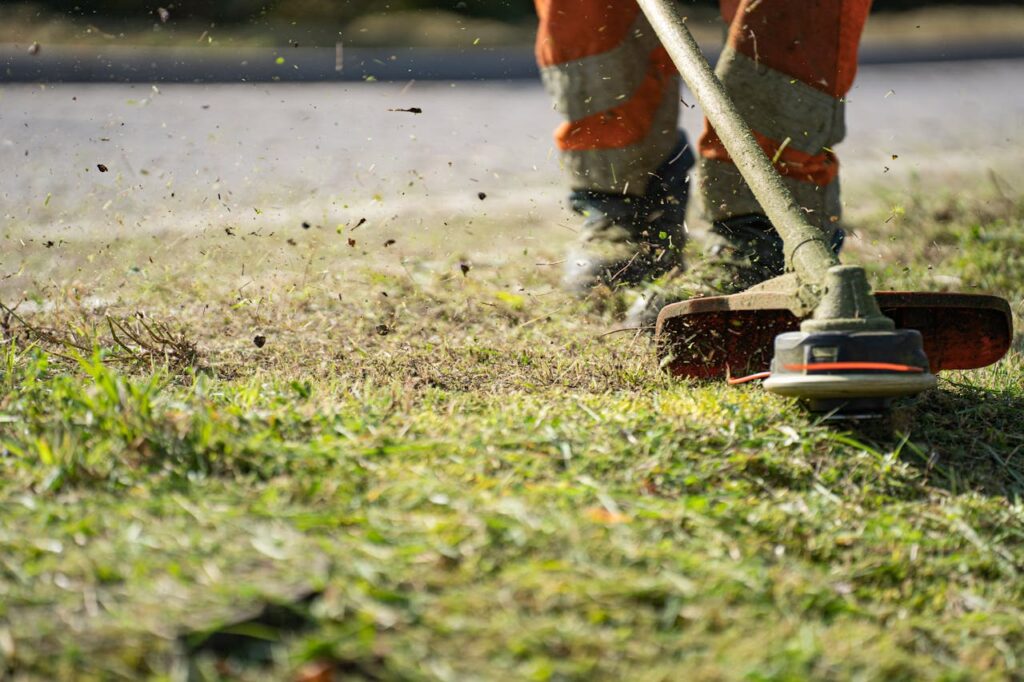The Hidden Threat: Ecological Impact of Micro-plastics from Trim-Wire
Micro-plastics — tiny plastic particles less than 5mm in size — are a growing environmental crisis. While much attention is given to micro-plastics from packaging or textiles, trim-wire, commonly used in industries and by consumers in gardens. When trim-wire is used or degrades or is improperly disposed of, it releases micro-plastics that pose serious risks to ecosystems and human health.
How Trim-Wire Contributes to Micro-plastic Pollution Trim-wire is typically made from Polyethylene (PE) or Nylon. Over time, wear and tear, UV exposure, or mechanical stress cause the plastic to fragment into micro-plastics. These particles enter the environment through:
- Industrial run-off during manufacturing or processing.
- Everyday use in products that fragments over time, releasing micro-plastics into the air, soil, and water.
- Waste mismanagement when discarded trim-wire ends up in landfills or waterways.

A different approach & different way: re-think and adjust
What Can Be Done?
- Sustainable approach: Do not cut the grass by adjust the vegetation as much as possible;
- Alternative approach: using a metal knife instead of plastic trim-wire;
- Innovation: Support research our research into the development of bio-based and bio-degradable solution
Our Commitment At PolyBiotic Solutions and Materials Factory, we recognize the urgency of addressing micro-plastic pollution. We are dedicated to reducing our environmental footprint by developing a material and micro-organisms that can degrade the material as fast a possible yet be practical to be used.
Join Us in Making a Difference Every small step counts. By choosing sustainable products and advocating for responsible industry practices, we can protect our planet for future generations. If our innovative project interests your company or you as person please, contact so that we could gauge the the public interest.
Ecological Consequences
- Marine Life at Risk Micro-plastics- from trim-wire – are ingested by aquatic organisms, from plankton to fish. This disrupts their digestive systems, reduces reproductive success, and can even lead to starvation as plastics create a false sense of fullness.
- Soil Contamination Micro-plastics accumulate in soil, altering its structure and microbial communities. This affects plant growth and can enter the food chain through crops or groundwater.
- Airborne Pollution Lightweight micro-plastics become airborne, travelling long distances and contaminating remote ecosystems. Inhalation of these particles by wildlife and humans is linked to respiratory issues and inflammation.
- Bio-accumulation Micro-plastics absorb toxic chemicals like pesticides and heavy metals. As they move up the food chain, these toxins concentrate, posing risks to predators – including humans.
This project is developed in collaboration with MaterialsFactory and with the support of Metropoolregio Eindhoven.


